Everything you need to know about currant fruiting
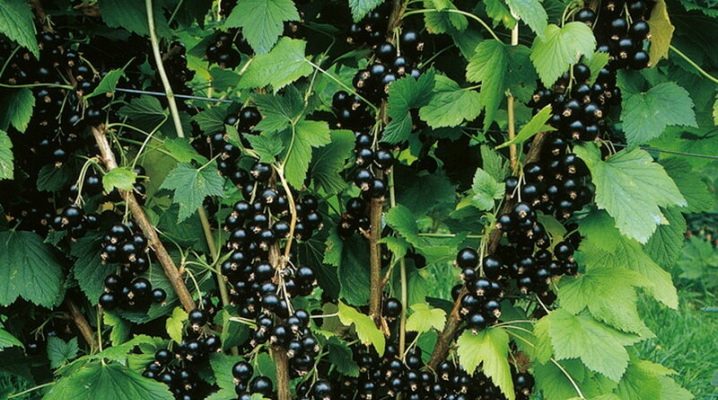
When a newly-made summer resident is thinking about what plants to place on his site, he will definitely come to a decision to plant several currant bushes, since these bushes are considered one of the most unpretentious and at the same time popular. But first you need to take into account everything related to the fruiting of currants.
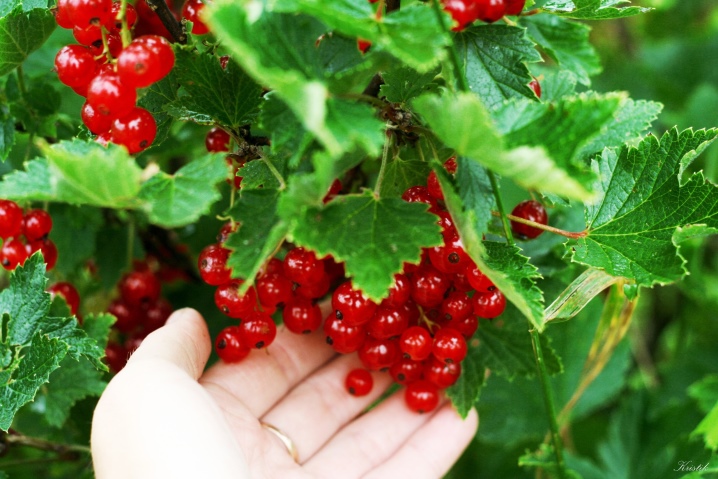
Peculiarities
Currant (it doesn't matter if it's red, black or white) is a perennial shrub that grows up to two and a half meters... But it can also have a compact size, for example, only 1-1.5 meters. On the branches (usually there are 15 to 20 of them on the bush), young shoots with flowers are formed, and then brushes with fruits.
The fruiting process of black currant is that the berries are concentrated on one-year and two-year shoots. Then they need to be removed, thereby giving new shoots the opportunity to develop. Red and white currants have perennial fruit formations. Fruit twigs are arranged in piles at the tops of annual shoots. Skeletal branches bear fruit longer on red currants than on black ones.
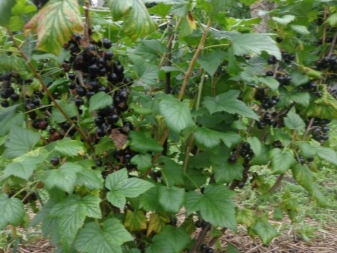
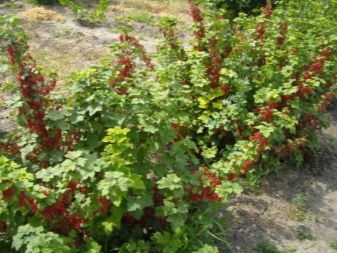
The root system is located in the upper soil layers of all types of these shrubs. The main part of the roots is located at a depth of no more than 25 cm, and only thick skeletal roots go deeper. At a temperature of +1 degrees, vegetative processes begin in the shrub. Flowering usually starts after a month and a half from the beginning of the growing season. In black currant, flowering and leafing begin at the same time, while in red currant, flowering occurs earlier.
Black currant needs much more moisture, and red and white crops are very drought tolerant. At the same time, these shrubs also require much more light. They are also more resistant to frost.
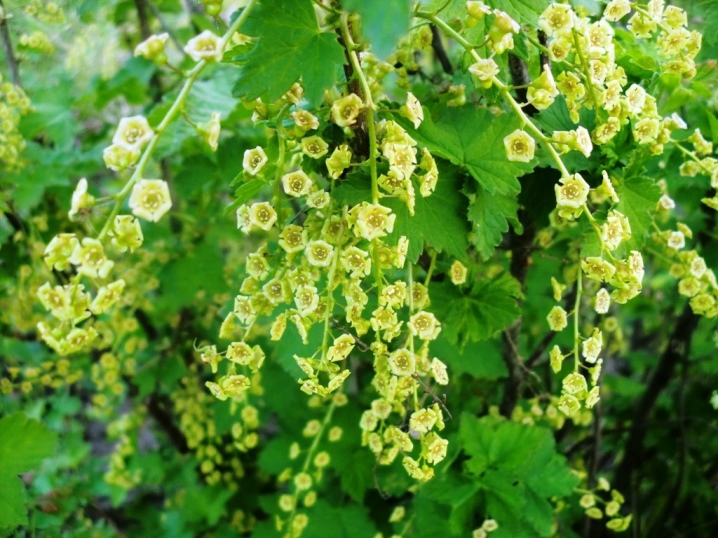
When does it begin to bear fruit?
Many summer residents are worried about the year after planting the seedlings the currant begins to bear fruit. Here, much depends on the variety of currants, in which region it grows, what is the care for it, whether all agrotechnical measures are followed. For example, red and black currants enter the fruiting period at different times due to differences in the structure of the bush. In black currant, flower buds form on branches that are one year old. So the first harvest awaits the gardener the next year after planting the plant, but provided that the care was correct. You have to understand that this will be a small harvest. But full-fledged fruiting begins already from the third year of the shrub's life.
In red currants, the first fruits ripen on two-year-old branches, and a full harvest can be harvested only in the fifth year of life.
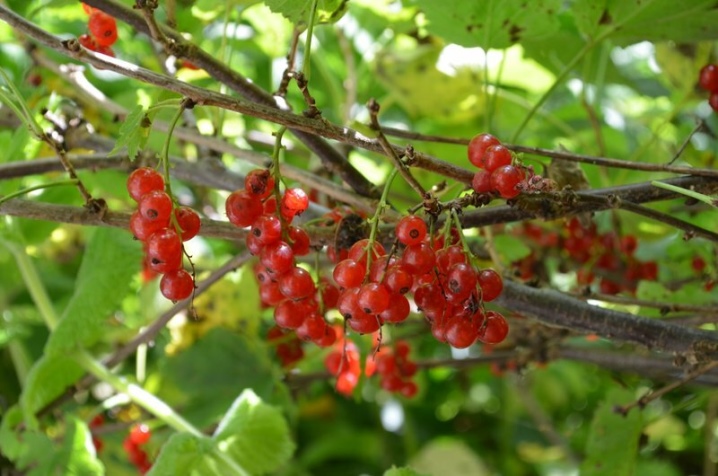
How many times in a life does a currant yield a crop?
Blackcurrant bushes can produce crops stably in one place for 15 years. But with the careful attention of the gardener, the full life of the shrub can be extended. Here, the planting site, soil, variety, timely pruning and other care measures play an important role. The maximum yield can be obtained at 5-6 years of life. Further, it will gradually decrease. The bush periodically requires anti-aging pruning. To do this, all four-year-old branches are cut out from black currants. After the onset of fifteen years of age, many summer residents uproot bushes and plant new ones.
With red currants, things are a little different. Bushes can stay in one place and bear fruit successfully for 20 years or even longer. Anti-aging pruning involves removing branches that are older than 5-6 years.
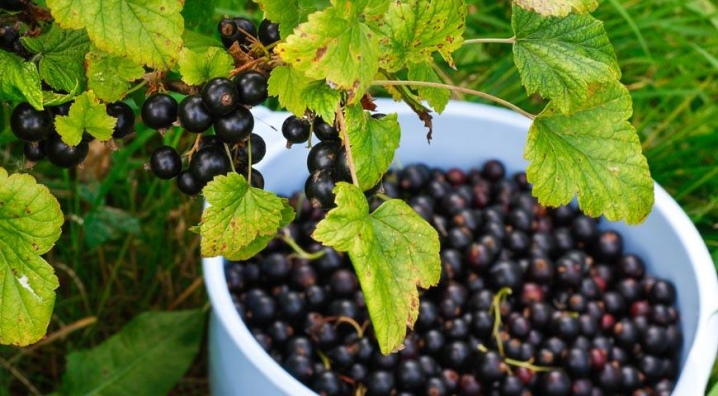
Why does fruiting stop?
Fruiting of both black and other currants can stop for a variety of reasons.
The first of these is the age of the shrub. The older the currant, the lower the yield. A clear sign of tree aging is gray bark. In addition, aging shoots can give an increase of only 10-15 cm. The buds begin to develop poorly, the currants bloom, but the fruits are not formed, as a result, the branches dry up and die.
But if the currants have stopped bearing fruit, this does not always mean that they are old. Such consequences can be caused by thickening of the bush, lack of moisture or sun, the appearance of diseases or pests. In such cases, you need to do something, but first you need to identify the problem. When the bush is thickened, it is worth pruning, removing all old and damaged branches. You can also pinch the tops to stimulate growth. If there is insufficient watering, you need to correct it. To do this, simply control the moisture content of the soil. As for pests and diseases, prevention should be carried out in spring, summer and autumn. There are many means for this.
If a young currant already bears fruit poorly from the beginning, you should think about transplanting it to a more favorable place, where it will receive sufficient light, but be in the shade for some part of the day.

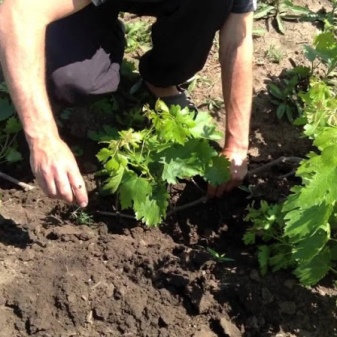
How to extend the life of a bush?
In order for the plant to please the gardener for many years, it is worth performing simple procedures.
- If you want to see currants on your site as long as possible and get a full harvest, you need to take care of the correct landing site in advance. First of all, the area with currants should be protected from direct sunlight during periods of extreme heat. They do not like currant bushes and drafts, so the best place for them is found at the fence, where there is protection from the wind.
- When choosing a variety, it is worth checking with the seller in advance the care measures to be performed, because sometimes a certain variety may have its own requirements for agricultural technology. Seedlings must be purchased from specialized nurseries. Then there is a high probability that the plant will take root well and will give a full harvest for many years.
- For the favorable existence of currant bushes and their long life, it is imperative to apply fertilizers... In early or mid-spring (depending on the growing region), the currants should be fed with nitrogen fertilizers, which will contribute to the growth of green mass, good flowering and more ovaries. This top dressing can be done in spring and early summer. In the fall, you can feed the bushes with potassium and phosphorus, but already exclude nitrogen. It can only harm the plant.
- To protect against all kinds of fungal diseases in the spring, the bushes need to be treated with Bordeaux liquid or copper sulfate. If fruits have already appeared on the bushes, then Fitosporin will be a safe remedy to fight fungal infections.
- Be sure to pay attention to pruning, remove old and damaged branches in time, as well as those that will no longer bear fruit... To activate the growth of young shoots, the tops should be pinched.
- Another important point will be the timely removal of weeds., since they not only spoil the appearance of the site, but also clog the space, taking nutrients from the bushes. Also, the soil around the bushes must be periodically loosened: this is how air penetrates into it, which is also necessary for the roots.
- It is necessary to provide currants and timely watering. Here you need to be guided by the weather. It is enough just to check if the ground is dry or wet, and then water it.
- To keep moisture longer, and weeds appear less often, the ground around the bushes can be mulched. Peat, sawdust or straw are suitable as mulch.
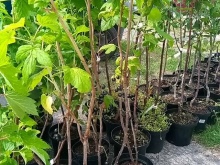
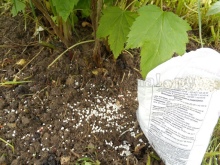
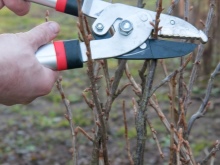
All these measures will extend the life of the bush in order to admire its healthy, beautiful appearance and get a rich harvest for many years.













The comment was sent successfully.